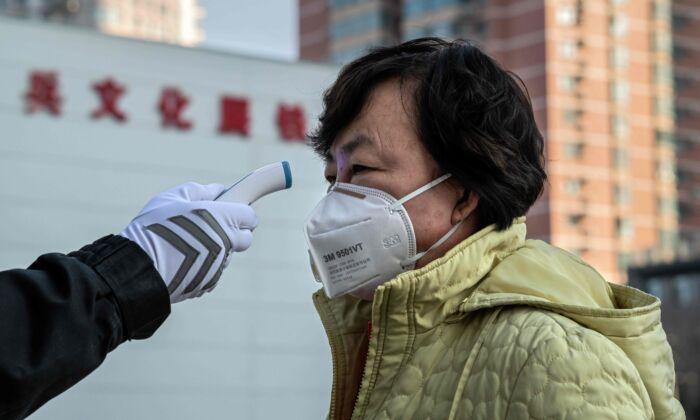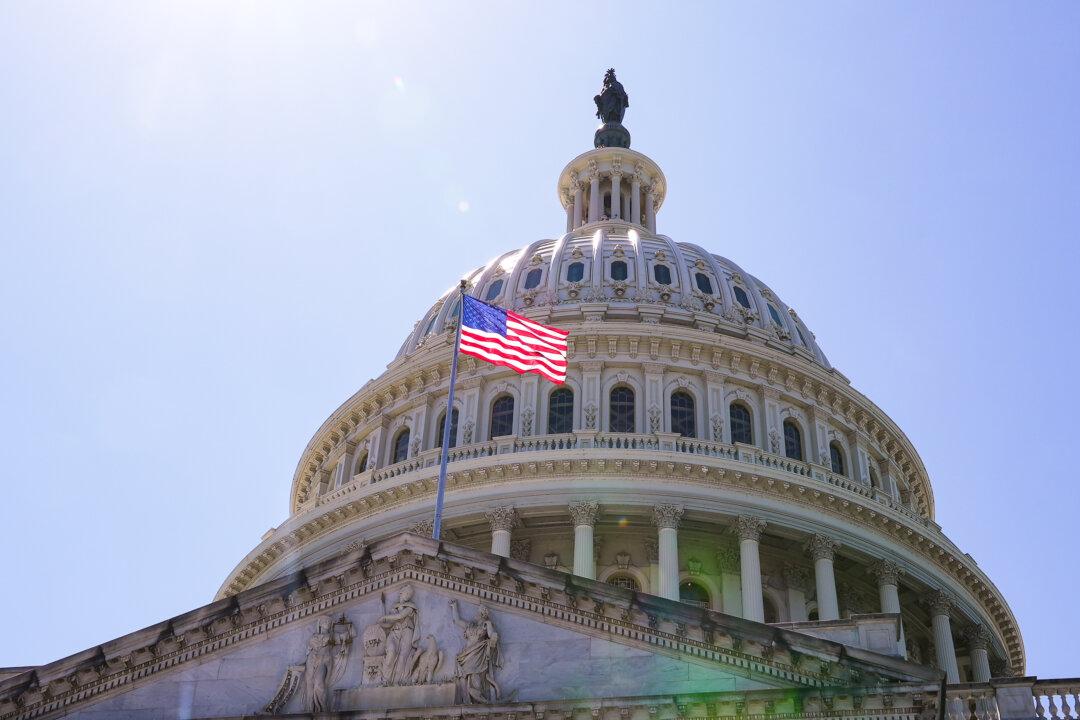Due to severe demand amid the coronavirus outbreak in China, the world is now facing a “severe disruption” of medical masks and other protective equipment, according to the World Health Organization.
The current supply chain of medical masks, respirators, and other related equipment is facing a four-to-six-month backlog, World Health Organization chief Tedros Adhanom Ghebreyesus told a press conference in Geneva, Switzerland, on Friday.
“The world is facing a chronic shortage of personal protective equipment,” he remarked before adding that the demand for masks is about 200 times higher, tantamount to a “severe disruption” of the market.
The health official added that he would be speaking to members of the supply chain network to produce more masks and deal with “bottlenecks” on production.
Cooperation between countries and the public and private sectors is necessary “to ensure that we do not see a future in which health workers are forced to take care of patients without protective equipment. That is not something any of us wish to witness,” Dr. Michael Ryan, executive director of WHO’s Health Emergencies Program, said at the press conference.
“It’s really important that we prioritize the use of these materials for the people who need them most. And these are the healthcare workers who are treating patients, these are people who are caring for their families, caring for their loved ones, and those that are sick,” added Dr. Maria Van Kerkhove, technical lead of WHO’s emerging diseases unit.

Global healthcare workers are going to require about seven to 10 percent of market capacity, Ghebreyesus told reporters, but he said that Chinese health workers will require the bulk of the supply of protective equipment. “The first priority is health workers” while the second priority is people who are sick or caring for someone who is sick, he said.
“We are appreciative of companies that have taken the decision to only supply masks to medical professionals,” Ghebreyesus said.

“They’ve got to take care of their people as well,” said Medicom Chief Executive Ronald Reuben. “It’s disruptive, but what can you do?”
Dongguan’s local government has bought all the masks from a factory owned by Makrite Industries Inc., the firm said to the Journal. The masks are sometimes shipped to customers including Home Depot and Cardinal Health.
“We need to support the government first until it gets better,” Makrite CEO Bob Wen told the paper.

The coronavirus is believed to have emerged late last year in the Chinese city of Wuhan in Hubei Province before Chinese regime officials implemented lockdowns and quarantines in Wuhan and other cities.
Locals in Wuhan and Hubei have painted an especially grim picture, saying there is a dearth of hospital beds, long waits, and alleged cover-ups by Chinese regime officials.





